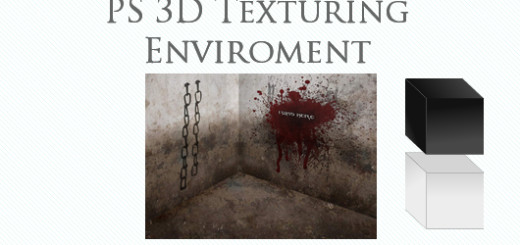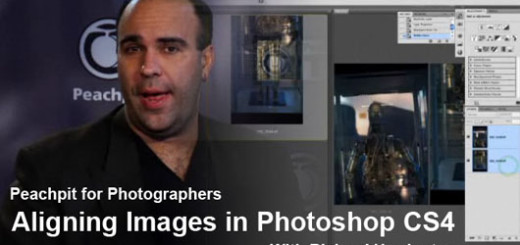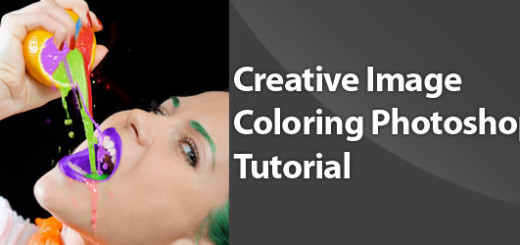Difference between a layer mask and a clipping mask in Photoshop
0Adobe Photoshop is one of the most complex programs, as it is ideal for a variety of image and video editing purposes. But once you understand the basic photo editing tool, it is much easier to see how those results can be accomplished in future work. The distinction between layer mask and clipping mask is one of the confounding ideas that new users often get. They do likewise but should be used for various purposes. We use several tools and techniques in Photoshop to mask various effects. Layer masks and clipping masks are both used to remove the image background from an image. But these two techniques are different and also usable in different scenarios.

All this means finding the right part as quickly as possible and choosing the right part. We must select and properly organize the dominant layers. Different strategies can be used to encourage the correct selection and the small details of the selection are not scattered or omitted. We do not intend to edit the image in its entirety so we consider editing a part or certain area. Adobe has advanced features that allow you to easily make stress free choices. You need to have a clear mind when making changes until you put a layer on the other so that the desired result can be accomplished easily. In this article, I will be telling you about the clipping path vs clipping mask. Let’s get started…
Layer Mask
The layer masking process is done by the clipping path technique. Clipping path also known as a cutout or deep etch is a photo editing technique that requires a professional hand. It is done by the pen tool in Photoshop. It works on sharp edges and curves. With this tool, you will be able to draw lines through edges and curves of any object by creating a separate layer mask. After that, you can remove the background perfectly without any hassle. Not only for background removing, you can use the cutout technique for color correction, shadow creation, and ghost mannequin also.
Layer masks are only made of black and white. Finally, you can use the white layer mask thumb shape to change your foreground color to red. You automatically switch your red front to black. White displays the pixels and black covers the pixels in the world of layer masks. View layer masks as a separate layer set. You can re-load and modify the choices as layer masks can be enabled and changed with your brush app.
Online retailers and professional photography studios often work with thousands and millions of images every month. Different images need different types of editing but to get a professionally edited image, the clipping path is the basic step. It is a tedious job to do and also takes a lot of time. You don’t have to do these by yourself. You can give the job to any clipping path service providers.
Clipping Mask
When you put a layer on another one, you will have a clipping mask. Thus you would draw a rectangle of your thumbnails and clip the photo in this form if you had a picture and would like to use it as a thumbnail for a website mockup. A clipping mask is also known as image masking or layer masking which is an image editing technique also. It is used where the clipping path can work properly like fur, hair, and fuzzy images. Even when your image has fine lines and small details you can use image masking. ALT+click between both layers is the easiest way to create a clipping mask.
The image masking is performed using a number of Photoshop tools. Such as the “Background Eraser Tool”, the “Magic Eraser Tool” and the method for color separation. The masking process you use for your pictures will depend on some variables, and in some instances, you will have to use more than one. For instance, you’ll likely need a mixture of picture masking methods. If the picture you’re editing is very complicated, with shades or several background colors.
Layer Mask vs Clipping Mask
The difference between layer mask and clipping mask is understandable as both of them can perform a different task. So, both of them has different and equal priority in the image editing genre. You cannot use deep etch technique on a smooth-edged image it will look wired. So layer masking or clipping path has categories depending on the image. these are simple clipping path, complex clipping path and super complex clipping path which is also known as multipath. The simple clipping path is for straight-line edges like bottles and boxes. The complex clipping path is for a bit more complex images where you will need to create more than on paths such as clothes and bags. Multi clipping path is for more complex images where you will get multiple edges, curves to work with.
Clipping path works with hard curves and edges. Whereas image masking or clipping masking works where curves and edges are near impossible to determine. Image masking helps to make those kinds of images look real and believable. People won’t buy product on wired looking images, right? The beautiful model images you see, ever wondered how their backgrounds are changed so perfectly especially on the hair part. Only masking can do those hard work and give your perfect finish.
Layer masks typically have greater control over pixels in a single layer. Clippers are used to cover layer areas based on pre-fabricated paths or choices. Yes, they are similar and beneficial, but they are also used in different ways. Image publishers are more likely to use layer masks while visual designers tend to lean on cutting masks. Nonetheless, you should do your best to understand them. There is no hard rule.
Layer masking and clipping masking both play a very important role and you cannot give full complement to one of them. I hope that the designers will begin with masking with these clarifications. When you practice and know-how masks work in real-world situations, it may be one of the effective strategies in your arsenal. What is your favorite of these methods? So try to use where they are required in your image editing project.




